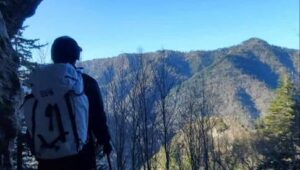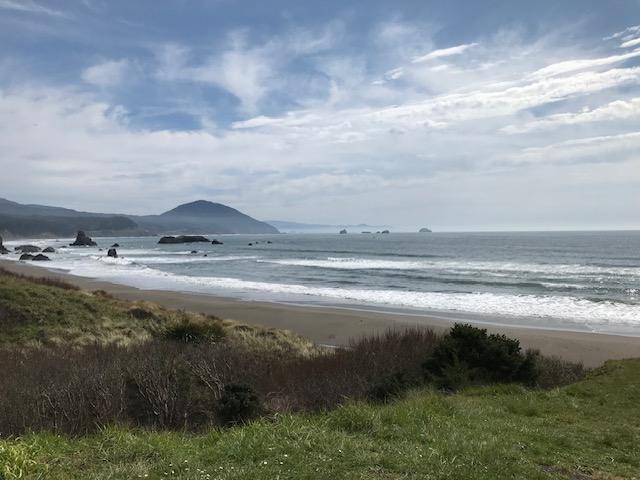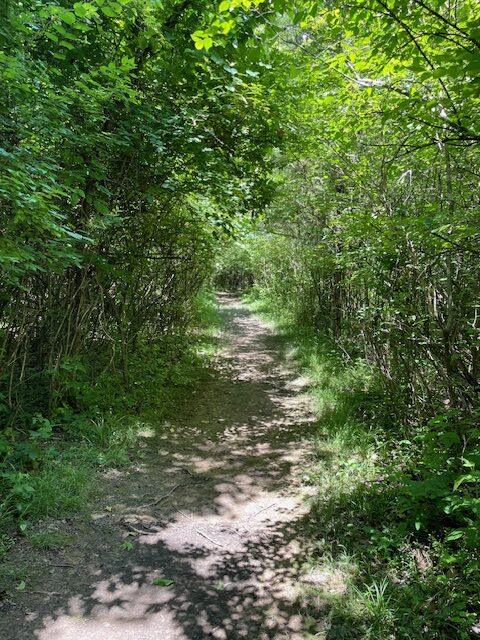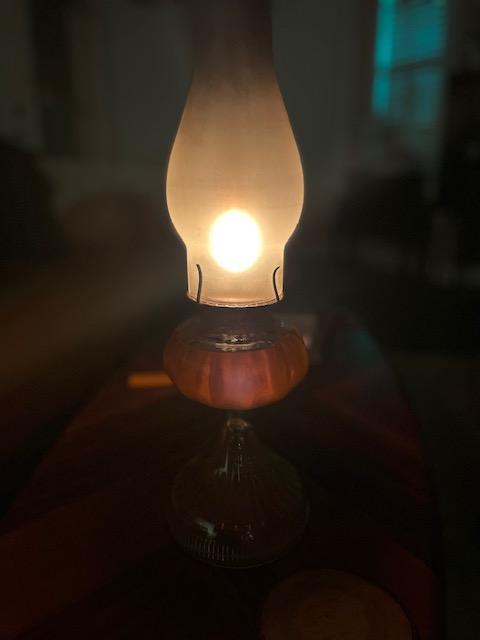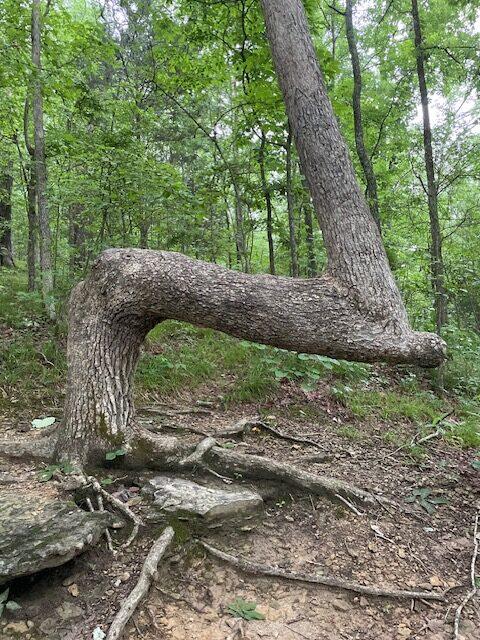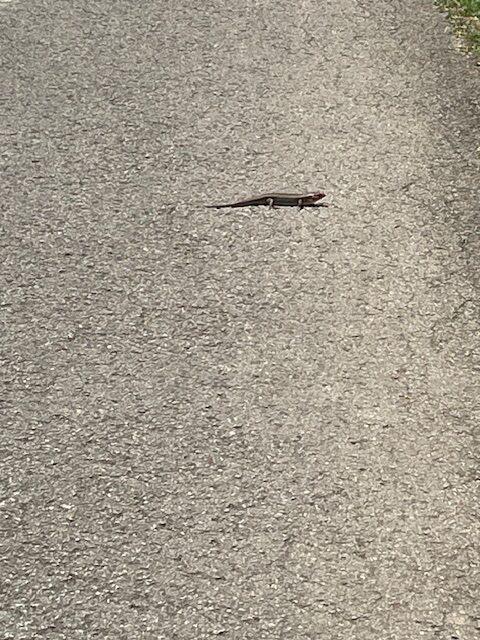The word folklore alone inspires me to dig deeper into the meaning of a story. A legend begins through oral tradition being passed down through generations of people likely gathered around a campfire.
The “elbow tree” or bent tree story goes that whenever a tree is bent at a 90-degree angle, it can signal the direction of a nearby water source. It can also serve as a trail marker, a landmark, or a medicinal site, among other possible meanings. Ultimately, it is a valuable tool for navigating the wilderness highways. A near and dear friend of mine was the one who told me about the elbow tree folklore, which I found to be fascinating because I believe it to be true.
One of my favorite elbow trees is within a 20-minute drive of Nashville. It can be found on the Sedge Hill Trail inside Beaman Park near Joelton, Tennessee. I happen to know that this particular tree is a favorite of many others. We all love this tree. The folklore of this specific tree proves to be accurate. This isn’t some romanticized legend; the water is right there!
I think bent trees along the trails are living evidence of previous civilizations. Almost 200 years after the Cherokee were forced west via the Trail of Tears, these trees still hold their positions rather than giving way to nature’s wind and rain, and one thing’s for sure: I hope it sticks around for a long, long time.
There is an enormous elbow tree just south of Nashville on the Hickory Ridge Outer Loop Trail inside Henry Horton State Park in Chapel Hill, Tennessee. It’s about four or five times bigger than this one and points directly to the Duck River. Found the water!
From the Outside,
Margie

